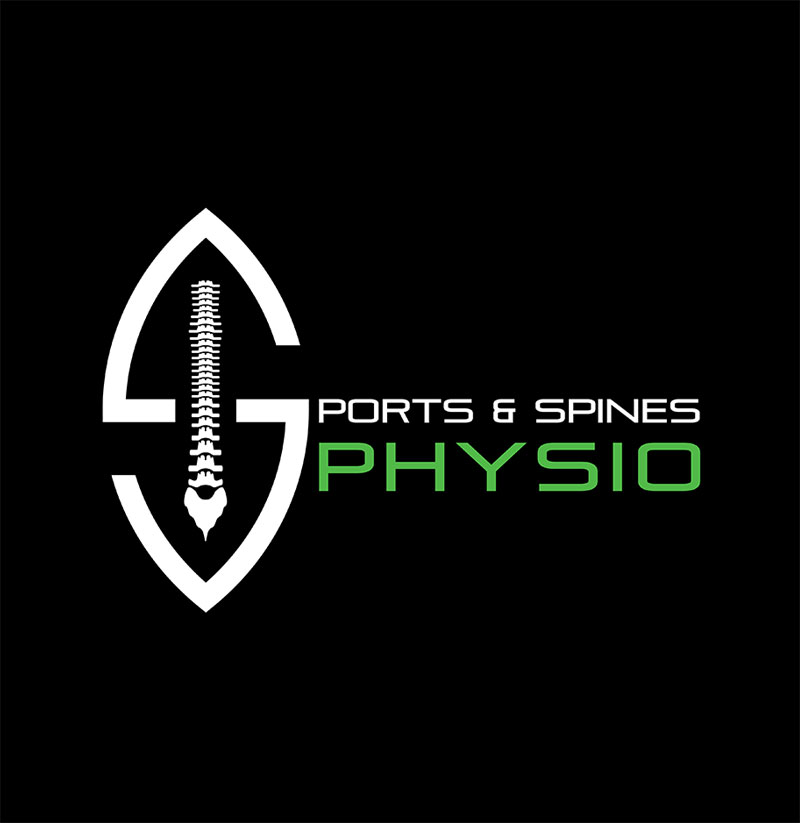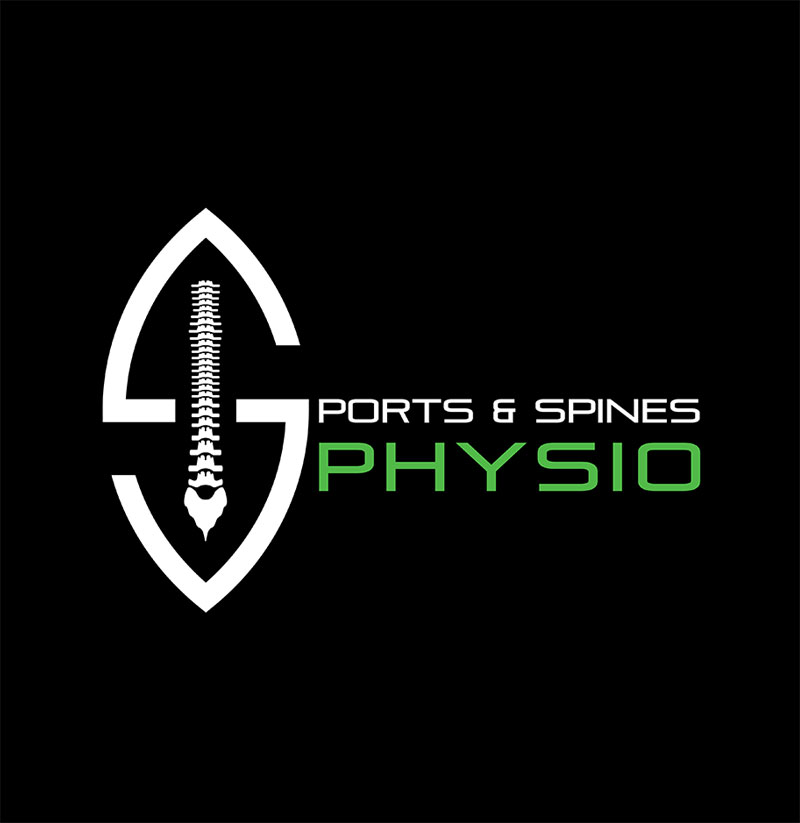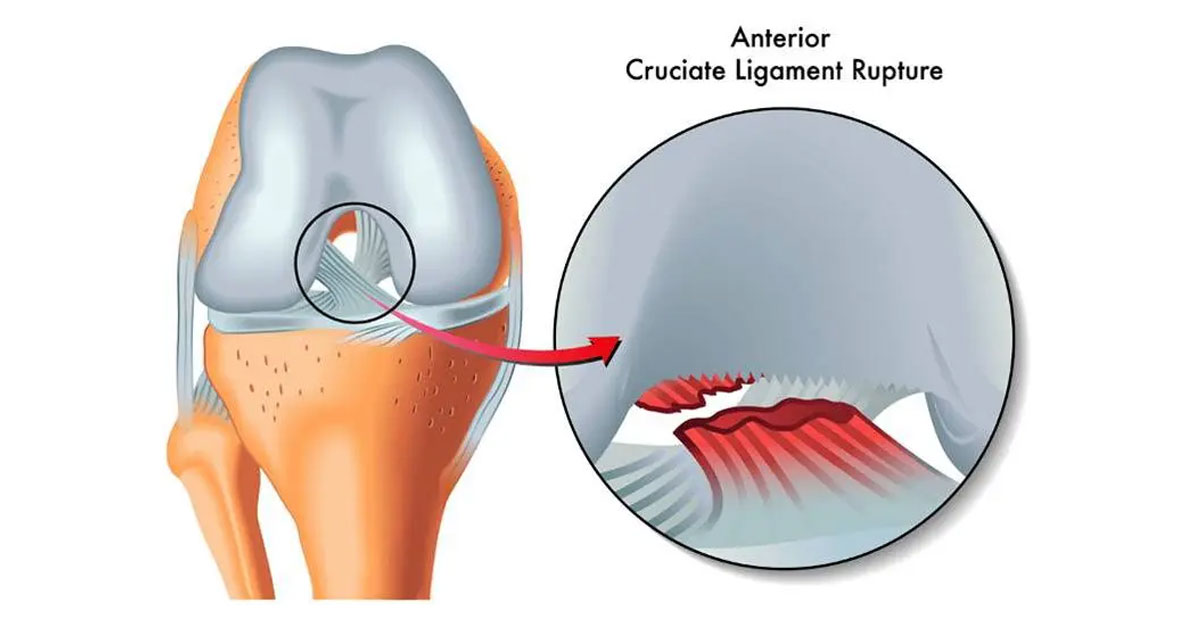
ACL Injury and Treatment
ACL (anterior cruciate ligament) injuries are among the most common knee injuries, particularly in athletes involved in sports that require sudden stops, changes in direction, and jumping. The mechanism can sometime be described as a pivot-shift mechanism. Treatment for ACL injuries has evolved significantly over the years, with a focus on evidence-based approaches to optimize outcomes.
Diagnosing an ACL injury:
Accurate diagnosis of an ACL injury in the clinic involves taking your history of the injury and a physical examination which includes a few key tests. An MRI scan can be done to confirm diagnosis and is what is required by a surgeon.
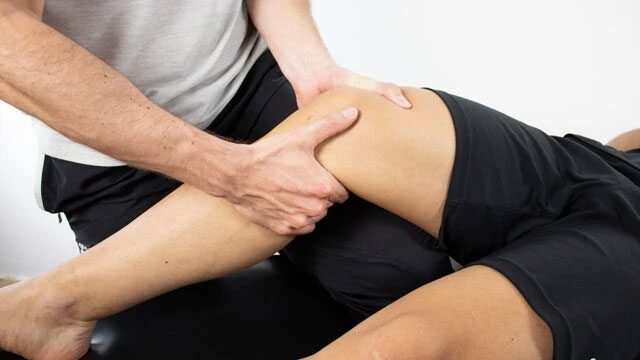
Lachman test
ACL injury treatment – surgery or non-surgery
Whether you choose to have surgery or not, physiotherapist-guided rehabilitation is the most important part of the recovery process.
Factors which come in to whether or not a client should have surgery include:
- The age of the patient
- Instability: at rest and during movement
- A meniscus tear at the same time
- Other associated knee injuries (commonly medial cruciate ligament (MCL) sprain)
- The patient’s desire to return to sports involving jumping and pivoting
- The patient’s occupation active vs inactive (e.g. fireman vs office worker)
1. Non-Surgical Management:
Evidence suggests that non-surgical management, which includes a physiotherapist guided rehabilitation programme can be very effective in selected cases, such as partial tears or isolated ACL injuries with minimal instability. Recent studies have shown that the cross bracing protocol has had a good success rate of ACL tears repairing.
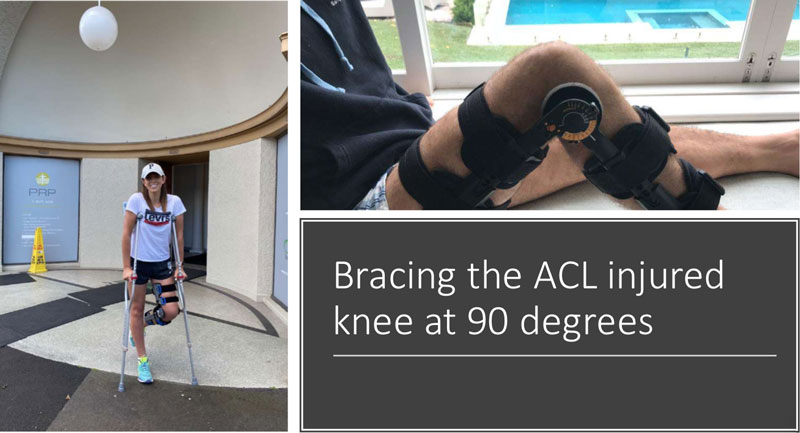
Cross bracing protocol for ACL ruptures
2. Surgical Reconstruction:
- Surgical reconstruction of the ACL is often recommended for individuals who are young, active, and/or experience significant knee instability.
- Evidence-based surgical techniques involve replacing the torn ACL with a graft, typically obtained from the patient's own hamstring tendon, patellar tendon, or allograft (cadaveric tissue). Each has there pros and cons and should be discussed with your surgeon and/or physiotherapist.
- Spending 6-8 weeks prior surgery performing a physiotherapy guided prehab programme aimed at reducing swelling, restoring range of movement and increasing strength has been to shown to improve the recovery process and rehabilitation post-surgery.
- With regard to surgeons, we at Sports and Spines Physiotherapy have worked with a number of surgeons and can help point you in the right direction.
Rehabilitation for an ACL injury:
- Evidence-based rehabilitation protocols are essential for optimizing outcomes following ACL reconstruction surgery and are practiced at Sports and Spines Physiotherapy.
- Rehabilitation typically includes a combination of exercises to improve strength, flexibility, proprioception (awareness of joint position), and neuromuscular control.
- Early postoperative rehabilitation focuses on controlling pain and inflammation, restoring range of motion, and gradually progressing to weight-bearing and functional activities.
- Long-term rehabilitation aims to improve functional outcomes, minimize the risk of reinjury, and facilitate return to sports or other activities.
Return to activity after an ACL injury:
- Evidence-based criteria and tests are used to guide decisions regarding the timing and safety of returning to sports or other high-risk activities following ACL reconstruction.
- Factors such as graft healing time, muscle strength, neuromuscular control, and psychological readiness are considered in the decision-making process. By 9 months post-surgery, the ACL graft has usually undergone significant healing and integration with the surrounding tissues. By 12 months, the graft is typically even more mature, providing better stability to the knee joint.
- Gradual return-to-sport programs, guided your physiotherapist at Sports and Spines Physiotherapy will help minimize the risk of reinjury and optimize long-term outcomes.
It is essential to note that while the risk of reinjury decreases over time following ACL reconstruction, it may not be completely eliminated. Return to sports should be guided by evidence-based criteria and individualized assessments to minimize the risk of reinjury and optimize long-term outcomes. Additionally, ongoing maintenance of strength, flexibility, and neuromuscular control is crucial for reducing the risk of future knee injuries.
